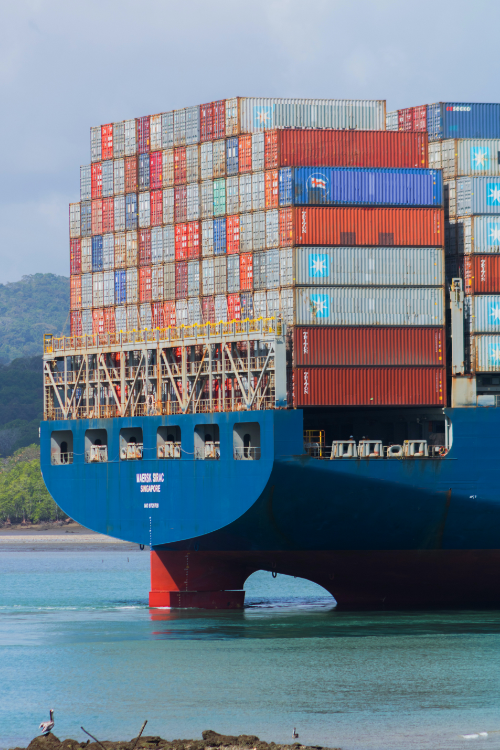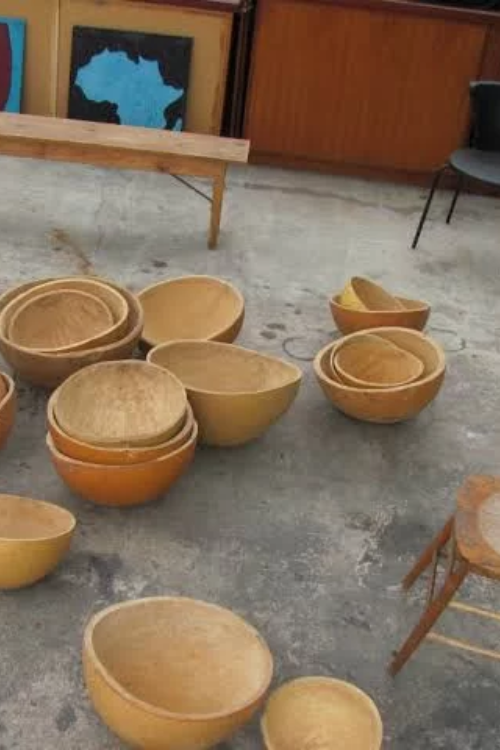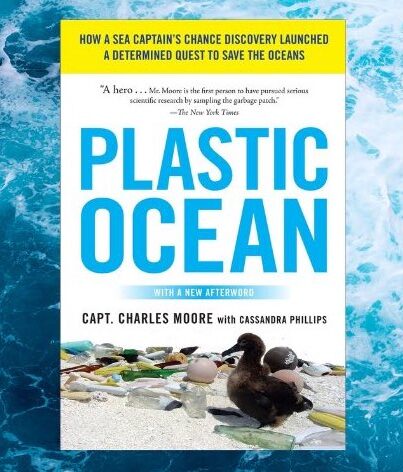
Standards Alignment Guide
Photo credit: Hayden Smith
This guide will outline our suggestions for how to use a few of our resources to teach about the following Next Generation Science Standards* Performance Expectation:
MS-ESS 3-3 Apply scientific principles to design a method for monitoring and minimizing a human impact on the environment.
Grades 6 to 8
Time Needed Approximately 10 hours
* The Next Generation Science Standards (NGSS) are K–12 science content standards used in school districts across the US.
Overview
Human activity impacts Planet Earth in countless ways. From agriculture, construction, manufacturing, and transportation, everything we do impacts the planet. One class of materials is used across industries: plastics. Although a relatively new material, made possible by advanced chemistry and refining of fossil fuels, plastics have changed the world for good. They have changed the ways we do everything from making food, making cars and buildings. But the properties that make them so versatile, also make them so problematic.
In this guide, we’ve provided a series of lessons freely available and co-created with educators and experts in the field, to help you and your students explore the ways humans plastic dependence has impacted the planet and how we may make our relationship with this useful but problematic material healthier and more sustainable.
The Next Generation Science Standards, Earth and Space Sciences performance expectation for middle schoolers 3-3 is all about using science principles to create a way to monitor human impact and design a solution to minimize that impact. With this series of lessons, students will go through a learning process that expands from the hyper-local to global, as they measure plastic pollution on their school campus, investigate how litter is transported through the global oceans, and impacts entire ecosystems. Students will also examine solutions on a global and local scale through two activities, one about industry responsibility and the other about local traditional materials.
The lessons in this series are inspired by Algalita’s keystone book, Plastic Ocean, and are co-created with educators in our community.
Engage
Lesson: Campus Cleanup (2 hours)
Co-created with educator Ashley Contreras
Get outside! This lesson guides you through a campus audit to identify litter hotspots. Where is trash ending up, and why? Map it out and discuss solutions. End with a prediction of where litter might end up if it isn’t properly collected. In this lesson, students monitor their direct impact on the environment on a hyper-local scale.
Explore
Lesson: Currents and Gyres – Plastic and Global Circulation (2-3 hours)
Co-created with educator Neil Leonard
Expand the scope from hyper-local to global, with this lesson that introduces the phenomenon of currents and gyres, through a presentation and simulations. This lesson helps student understand the wider impacts of litter and how it impacts our world ocean. This lesson also covers NGSS ESS2-6. Develop and use a model to describe how unequal heating and rotation of the Earth cause patterns of atmospheric and oceanic circulation that determine regional climates.
Lesson: Biomagnification in the Marine Food Web (2-3 hours)
Co-created with educators Dori Hess and Ashley Contreras
Explore the impacts of plastic pollution further with this lesson on biomagnification. Hands-on simulations help students understand this key biology concept. This lesson also covers NGSS MS-LS 2-4. Construct an argument supported by empirical evidence that changes to physical or biological components of an ecosystem affect populations.
Explain
At this point students have examined how their use of plastics can impact the environment through the degradation of marine ecosystems.
Lesson: Shipping Container Spills – Who is responsible? (2 hours)
Co-created with educator Ashley Sarvis
To bring it back around to the solutions, the next lesson has students use their knowledge gained through their own monitoring and exploration of the wider implications, to a discussion of responsibility. This lesson has students debate about a source of plastic pollution far from most of our eyes and ears, shipping container spills. In our globalized world, where we can get any product with the click of a button, shipping is big business. In a way we are all partly responsible for the damage caused by shipping container spills. Students discuss the implications of this source of plastic pollution, and where responsibility should lie.
Elaborate
There is a broad set of solutions to plastic pollution. From political action, industry regulation and responsibility, to improved design and technology, cleanup strategies, and personal choices, the solutions are as many as the types of plastic objects in our world. At Algalita and Wayfinder Society, we believe, we need all hands on deck and all solutions on the table. But we also need critical thinking, innovation, and a focus on thinking ahead.
Lesson: Examining Traditional Materials as Solutions to Overuse of Plastic (3-5 hours)
Co-created with educator Clinton Ezeigwe
In this last lesson, students will look back in time, to traditional local materials. Plastics aren’t biocompatible given that they don’t biodegrade and are associated with many hazardous chemicals. Before plastics, people turned to natural materials made by plants and animals. These materials generally can’t support our voracious appetite for more and new goods, but they can inspire us to live more closely with nature. This is one part of the solution set to our global plastic challenge. Students will research and discuss traditional materials and products specifical to their region.









